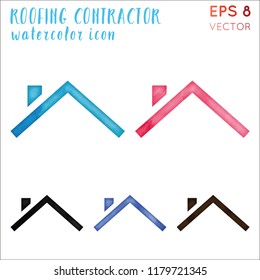Find Out Exactly How Seasonal Aspects Affect Business External Painting Success And Uncover The Most Effective Times To Guarantee Long-Term Outcomes For Your Job
Find Out Exactly How Seasonal Aspects Affect Business External Painting Success And Uncover The Most Effective Times To Guarantee Long-Term Outcomes For Your Job
Blog Article
Created By-Korsholm Decker
When you're preparing a commercial external paint project, seasonal elements can make or damage your results. You'll want to consider exactly how temperature level and humidity effect paint application and drying times. Choosing the appropriate period can ensure your paint sticks effectively and lasts much longer. Yet which seasons are truly the very best for this sort of work? Let's explore the key elements that can impact your job's success.
The Effect of Temperature Level on Paint Application
When you're preparing a commercial external paint job, the temperature can significantly impact exactly how well the paint sticks and dries out.
Ideally, you intend to repaint when temperature levels range between 50 ° F and 85 ° F. If it's also cold, the paint might not treat effectively, causing concerns like peeling or fracturing.
On the flip side, if it's as well hot, the paint can dry too rapidly, avoiding correct attachment and causing an uneven finish.
You must likewise take into consideration the moment of day; morning or late afternoon supplies cooler temperatures, which can be a lot more favorable.
Constantly inspect house painter for the specific paint you're utilizing, as they usually supply support on the perfect temperature variety for optimum outcomes.
Moisture and Its Result on Drying Times
Temperature isn't the only ecological aspect that influences your industrial exterior painting task; moisture plays a significant duty as well. High humidity levels can reduce drying times substantially, influencing the total high quality of your paint work.
When the air is saturated with moisture, the paint takes longer to treat, which can lead to issues like inadequate attachment and a greater risk of mildew growth. If you're repainting on a particularly humid day, be prepared for prolonged wait times between layers.
It's crucial to keep track of regional weather conditions and plan appropriately. Ideally, aim for moisture degrees in between 40% and 70% for optimum drying out.
Maintaining these factors in mind guarantees your job remains on track and delivers an enduring finish.
Best Seasons for Commercial Outside Painting Projects
What's the best time of year for your industrial outside paint projects?
Springtime and early autumn are commonly your best bets. During click for source , temperature levels are light, and moisture levels are commonly lower, developing excellent conditions for paint application and drying out.
Prevent summer season's intense heat, which can create paint to completely dry too rapidly, leading to poor adhesion and finish. In a similar way, winter months's chilly temperature levels can impede proper drying and healing, taking the chance of the longevity of your paint work.
Go for days with temperatures between 50 ° F and 85 ° F for ideal outcomes. Remember to check the local weather report for rain, as wet conditions can spoil your task.
Preparation around these aspects ensures your painting task runs efficiently and lasts much longer.
Verdict
Finally, preparing your commercial outside paint tasks around seasonal factors to consider can make a considerable difference in the outcome. By scheduling work throughout the suitable temperature levels and humidity degrees, you'll ensure much better bond and drying out times. Remember to watch on local weather prediction and choose the correct time of year-- springtime and very early loss are your best options. Taking these actions will aid you attain a durable and specialist finish that lasts.
